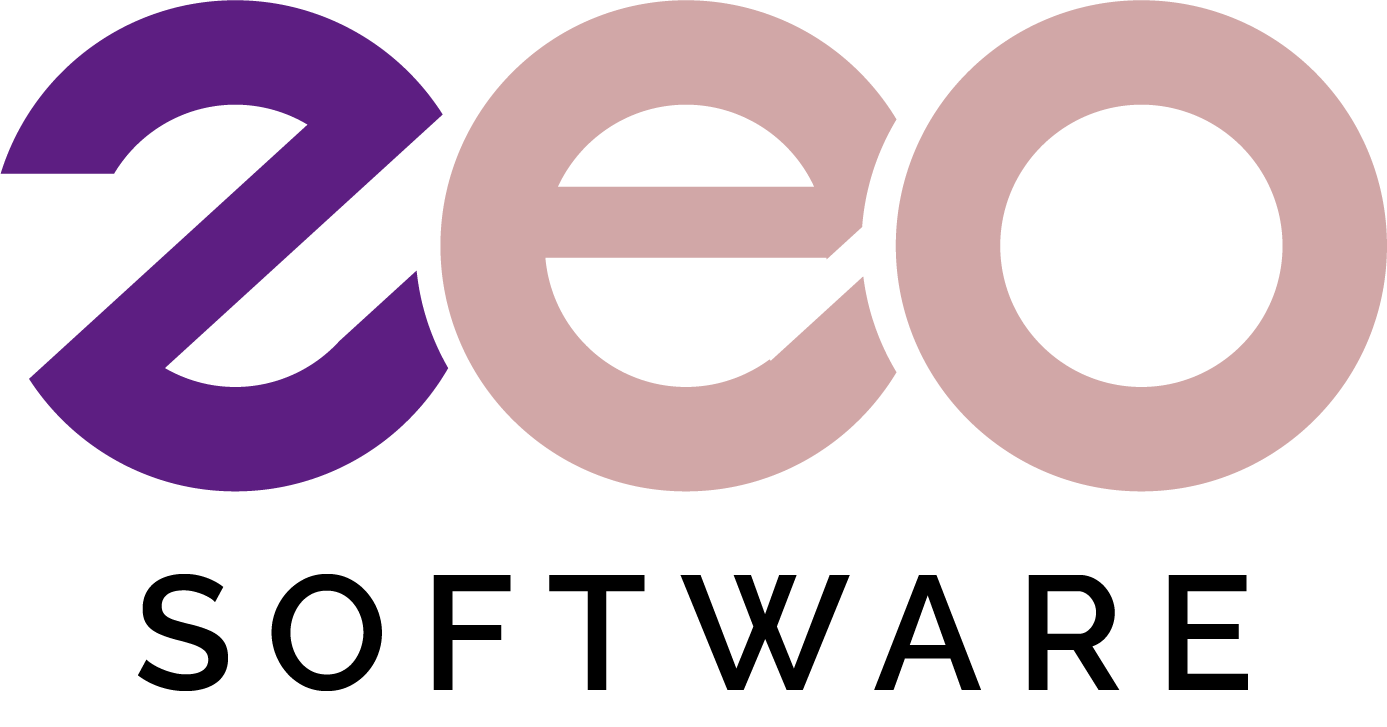Implementing an ERP system can be a transformative process for any organization, bringing numerous benefits such as improved efficiency, better data management, and streamlined operations. However, the journey to a successful ERP implementation is fraught with challenges. Understanding these common obstacles and knowing how to address them can significantly increase the likelihood of a smooth and successful ERP deployment.
1. Lack of Clear Objectives and Scope
Challenge:
A common issue is the absence of well-defined objectives and scope, which can lead to scope creep, misaligned expectations, and project delays.
Solution:
- Set Clear Goals: Define specific, measurable, achievable, relevant, and time-bound (SMART) objectives for the ERP implementation.
- Establish a Clear Scope: Create a detailed project plan that outlines the scope, including all phases and deliverables. Regularly review and adjust the plan as needed.
- Stakeholder Alignment: Ensure all stakeholders agree on the project goals and scope to prevent misunderstandings and misaligned expectations.
2. Inadequate Change Management
Challenge:
Resistance to change from employees can hinder the adoption of the new system, leading to underutilization and frustration.
Solution:
- Communication: Communicate the benefits and importance of the ERP system to all employees. Address their concerns and provide regular updates on the project’s progress.
- Training: Offer comprehensive training programs to ensure employees are comfortable and proficient with the new system.
- Involvement: Involve employees in the implementation process by gathering their feedback and making them part of the decision-making process.
3. Insufficient Planning and Resources
Challenge:
Underestimating the resources, time, and effort required for a successful ERP implementation can lead to budget overruns and missed deadlines.
Solution:
- Detailed Planning: Develop a comprehensive project plan that includes timelines, milestones, resource allocation, and contingency plans.
- Resource Allocation: Ensure you have the necessary resources, including personnel, budget, and technology, to support the implementation.
- Realistic Timeline: Set a realistic timeline that accounts for potential delays and unforeseen challenges.
4. Data Migration Issues
Challenge:
Transferring data from legacy systems to the new ERP system can be complex and prone to errors, leading to data integrity issues.
Solution:
- Data Assessment: Evaluate the quality and completeness of your current data. Identify and clean up any inaccurate or duplicate data before migration.
- Data Mapping: Map out how data from legacy systems will transfer to the new ERP system to ensure consistency and accuracy.
- Testing: Conduct thorough testing of the data migration process to identify and resolve any issues before going live.
5. Customization Overload
Challenge:
Excessive customization can complicate the implementation process, increase costs, and make future upgrades more difficult.
Solution:
- Limit Customization: Focus on configuring the ERP system to meet your needs rather than extensive customizations. Use standard features and best practices wherever possible.
- Evaluate Needs: Critically evaluate which customizations are essential and which can be avoided.
- Future-Proofing: Consider the long-term implications of customizations, including maintenance and upgrade challenges.
6. Integration Challenges
Challenge:
Integrating the ERP system with existing business applications and processes can be complex and time-consuming.
Solution:
- Compatibility Check: Ensure that the ERP system is compatible with your existing software and infrastructure.
- Integration Tools: Use integration tools and middleware to facilitate seamless data exchange between systems.
- Incremental Integration: Implement the integration in stages to manage complexity and identify issues early.
7. Inadequate Vendor Support
Challenge:
Lack of adequate support from the ERP vendor can lead to delays and unresolved issues during and after implementation.
Solution:
- Vendor Evaluation: Choose a vendor with a strong track record of successful implementations and robust support services.
- Service Level Agreement (SLA): Establish clear SLAs with the vendor to ensure timely and effective support.
- Regular Communication: Maintain regular communication with the vendor to address issues promptly and keep the project on track.
8. Post-Implementation Issues
Challenge:
The post-implementation phase can be challenging, with potential issues such as system bugs, user adoption problems, and ongoing maintenance needs.
Solution:
- Support Plan: Develop a post-implementation support plan that includes troubleshooting, user support, and regular system updates.
- Continuous Improvement: Continuously gather feedback from users and make necessary adjustments to optimize the system.
- Performance Monitoring: Monitor system performance to identify and resolve issues proactively.
Conclusion
ERP implementation is a complex process that requires careful planning, effective change management, and continuous support. By understanding and addressing common challenges such as unclear objectives, resistance to change, data migration issues, and integration complexities, businesses can increase their chances of a successful ERP deployment. With the right approach and resources, the benefits of an ERP system can far outweigh the challenges, leading to improved efficiency, better decision-making, and sustained growth.
